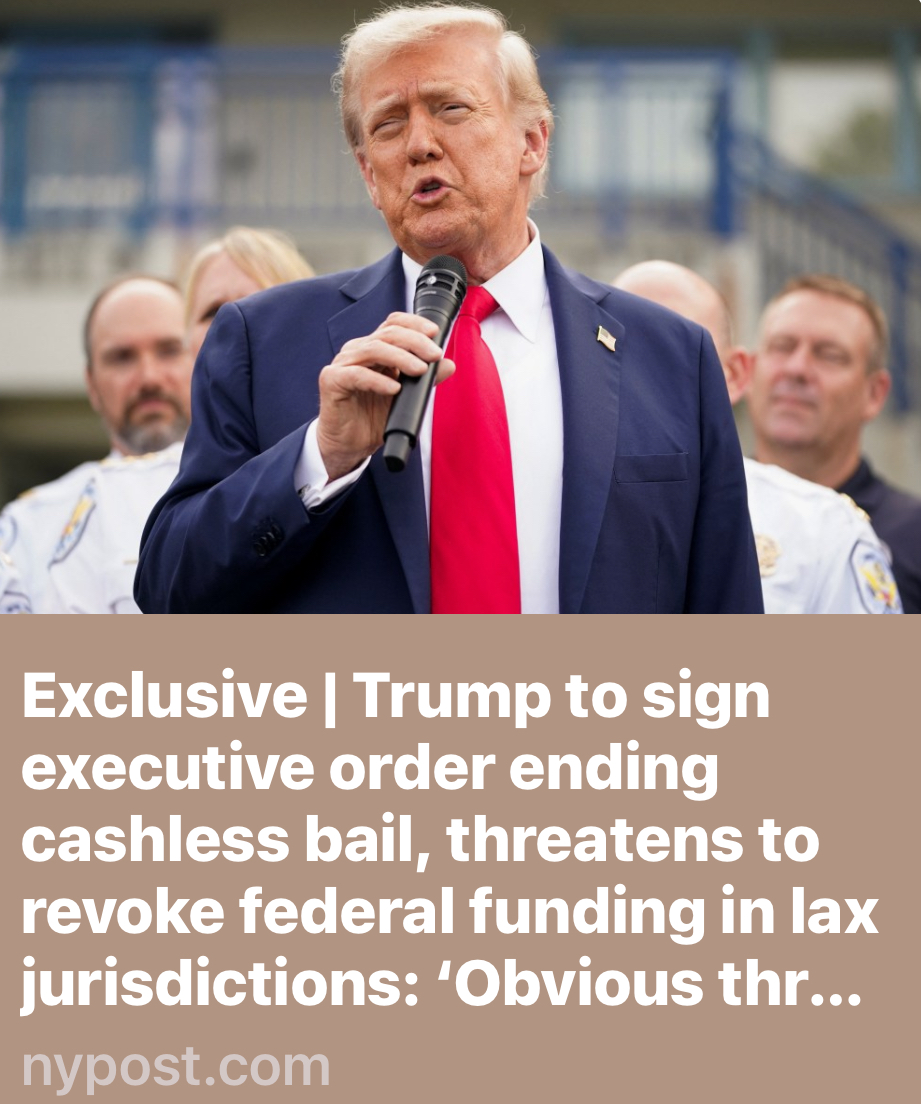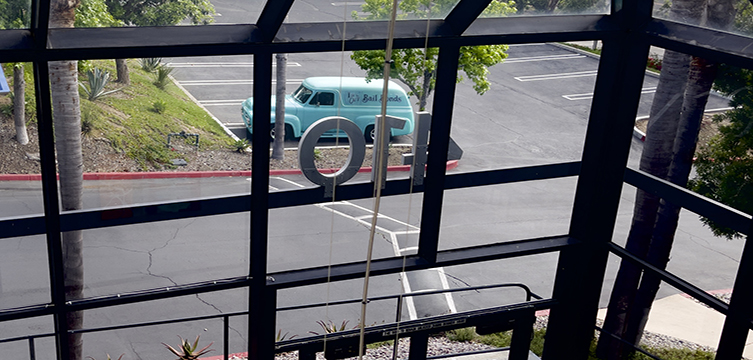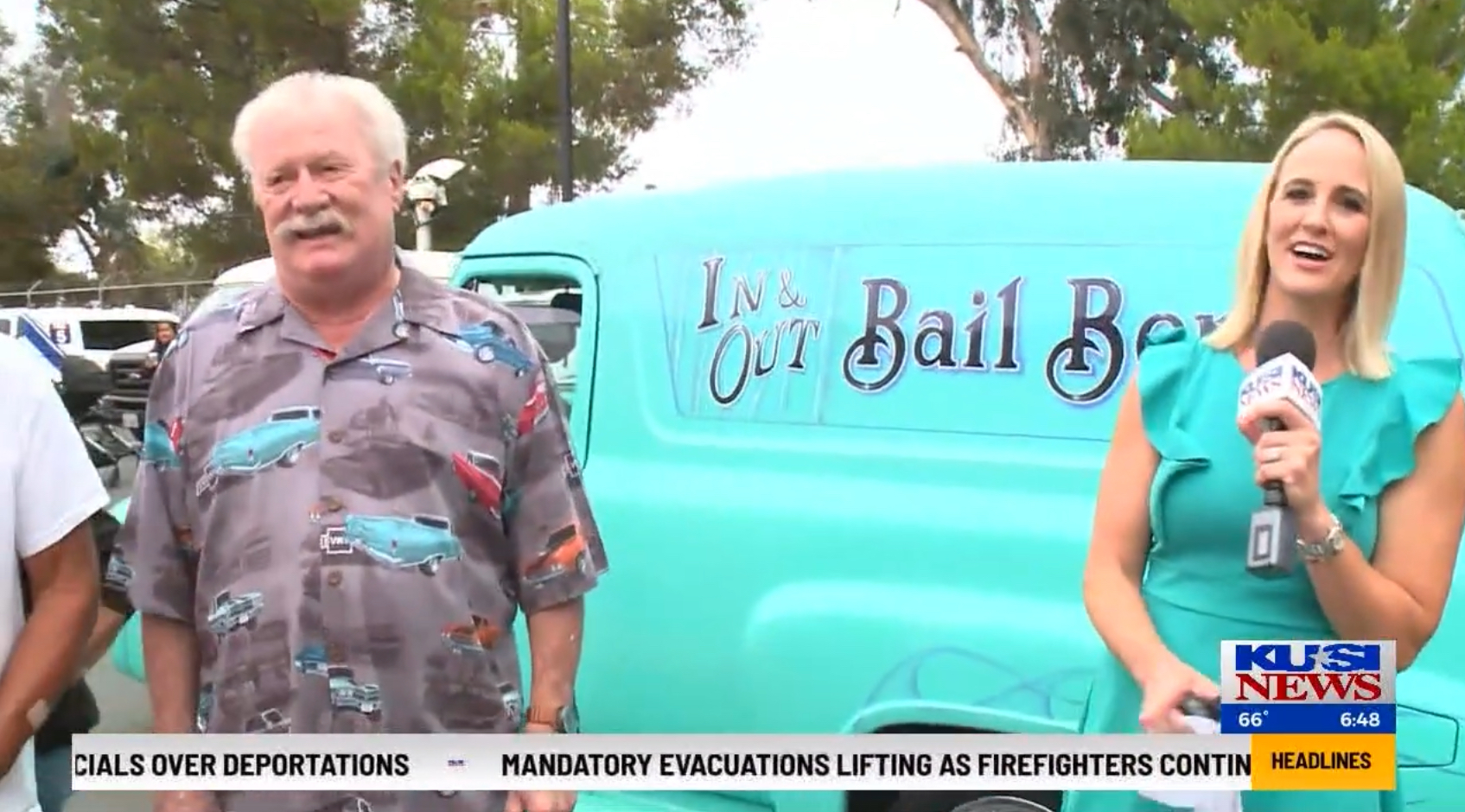Understanding Cashless Bail Policies
Cashless bail policies, which eliminate monetary bail for certain offenses, have become a contentious topic in the U.S. legal system. Proponents argue that these policies promote fairness by preventing low-income individuals from remaining incarcerated solely due to their inability to pay bail. However, critics contend that such systems may inadvertently allow dangerous offenders to re-enter society without adequate oversight.
For instance, jurisdictions that have implemented cashless bail often cite reductions in jail populations and costs associated with pretrial detention. However, the potential risks include increased crime rates and public safety concerns, as highlighted by various studies and reports from law enforcement agencies. As the debate continues, understanding the implications of cashless bail is crucial for informed discussions on bail reform.
Implications of Trump's Executive Order
President Trump's anticipated executive order aims to end cashless bail by threatening to revoke federal funding for jurisdictions that maintain such policies. This directive is expected to have significant implications for states that have adopted cashless bail, particularly those like New York and California, where the policies are viewed as progressive reforms in the criminal justice system.
By tying federal funding to compliance with traditional bail practices, the executive order could lead to a nationwide reevaluation of bail policies. Critics argue that this move may disproportionately affect lower-income communities, while supporters claim it will enhance public safety by ensuring that individuals charged with serious crimes are held accountable before trial.
Public Safety Concerns and Bail Reform
The ongoing discussions around bail reform often center on public safety concerns, particularly in relation to cashless bail policies. Critics argue that allowing individuals to return to the streets without financial accountability poses risks to law-abiding citizens. The notion that dangerous criminals can evade detention due to a lack of financial resources has fueled calls for reform.
Supporters of cashless bail, however, argue that the focus should be on the nature of the offenses rather than financial status. They advocate for comprehensive assessments to determine flight risk and potential danger to the community, rather than relying solely on monetary bail as a measure of accountability. This nuanced debate highlights the complexities of balancing public safety with equitable treatment in the justice system.
Future of Bail Policies in America
The future of bail policies in America is uncertain as states grapple with the implications of cashless bail and potential federal mandates. As discussions evolve, it is essential for stakeholders, including lawmakers, law enforcement, and community advocates, to engage in constructive dialogue about the best practices for pretrial release.
Emerging trends suggest a shift towards more individualized assessments that consider factors beyond financial status, such as criminal history and community ties. This could pave the way for a more equitable system that ensures public safety while also addressing the injustices faced by those unable to afford bail. The outcome of these discussions will significantly shape the landscape of bail reform in the coming years.












